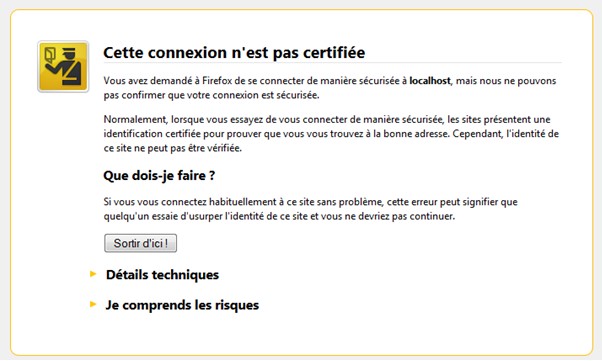Create a user, by typing this command and following the process
adduser username
Specify user base directory to the directory you want
usermod --home /var/www username
If you want a group of users to only access this directory, add the user to a group
addgroup mygroup
usermod -g mygroup username
Now, specify the directory to be exclusive. Go to "/etc/ssh" and type
nano sshd_config
Find and comment (# at the beginning) this line
Subsystem sftp /usr/lib/openssh/sftp-server
And write this
Subsystem sftp internal-sftp
Match group mygroup
ChrootDirectory /var/www/
X11Forwarding no
AllowTcpForwarding no
X11Forwarding no
ForceCommand internal-sftp
That's all, have fun.
